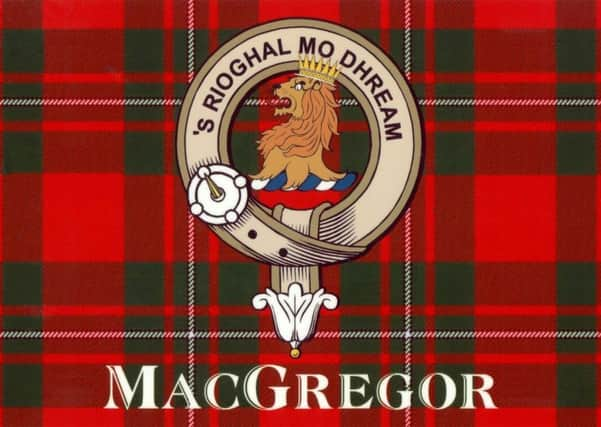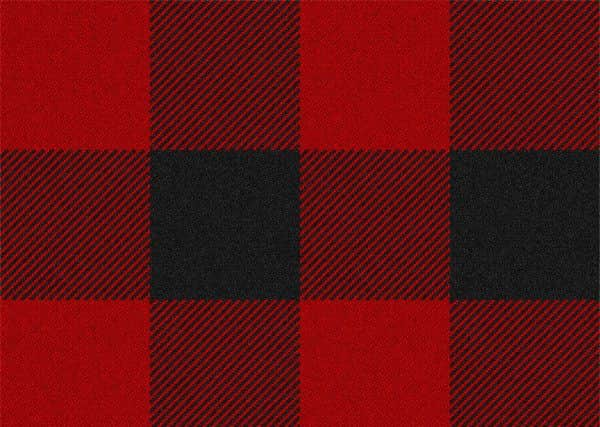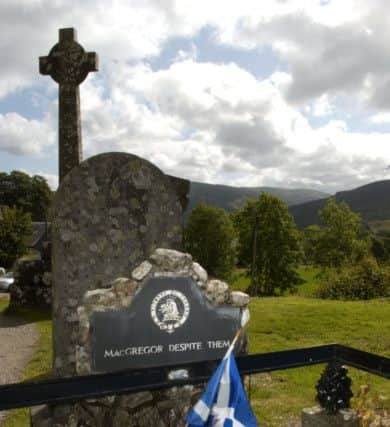Clan Crests explained: MacGregor


The MacGregor Clan is thought to be the purest of all the Celtic tribes from our ancient nation, and thanks to the likes of Rob Roy, and more recently, Ewan MacGregor, it’s also among the most famous.
Inscribed on the belt which encircles the clan crest is the MacGregor motto, which reads: ‘S Rioghal Mo Dhream (Royal is my Race).
Advertisement
Hide AdAdvertisement
Hide AdLions are commonly used as a heraldic symbol to denote qualities such as bravery, nobility and royalty.


The clan claim descent back to one Griogar, third son of King Alpin, who in the year 787 found himself crowned as king of the lands around Loch Lomond.
The district of Glenorchy, in particular, was handed over to the clan during the reign of King David I, but within a generation the Campbells managed to procure legal rights to it and duly evicted the MacGregors from their land.
This was just the start of decades of brutal persecution and oppression faced by the MacGregor Clan.
After the Battle of Glen Fruin in 1603, the entire clan was outlawed.


At Glen Fruin, the MacGregors had massacred the Colquhouns, and a number of young children who had simply witnessed the battle. Retribution would be severe.
The massacre lead King James VI to issue an order to abolish the MacGregor name. The punishment for non-compliance was death.
Advertisement
Hide AdAdvertisement
Hide AdIn the years that followed, the MacGregors came perilously close to being completely erased from history.


MacGregor men were routinely hunted, executed and banned from travelling in groups. Clan women were stripped, branded and tortured and their children captured to be used for slavery or to be sent on to new families. Generous rewards and criminal pardons were issued to those who presented the heads of MacGregor clansmen to the authorities - in essence, it was state-sponsored genocide.
The ban was temporarily lifted in the late 1600s, when Charles II rewarded the MacGregors for their loyal support to the crown. However, this was swiftly repealed in 1693 by William of Orange.
Finally, in the 18th century the MacGregor name was saved.


The legend of Rob Roy, the ‘best known of all the Highlanders’, helped to revive awareness of the MacGregor name to a great extent and went a long way to reversing the clan’s miserable fortunes. Rob Roy was painted as a folk hero and cult figure whose exploits during the 1715 Jacobite Rebellion earned him legendary status. A hundred years after his death, his story would be further romanticised and embellished by the likes of Sir Walter Scott and Daniel Defoe.
When the ‘45 broke out, the MacGregor clan was praised by Bonnie Prince Charlie for its support of the Stuart cause.
MacGregor men fought at Prestonpans and are said to have been the last clansmen standing at Culloden.
In the eyes of those loyal to the crown, at least, the MacGregors had more than paid their dues.
Advertisement
Hide AdAdvertisement
Hide AdPersecution of the MacGregors finally came to and end in 1774. Clan chiefs were restored in the years that followed.
The current chief of Clan Gregor is Sir Malcolm Gregor Charles MacGregor of MacGregor.
